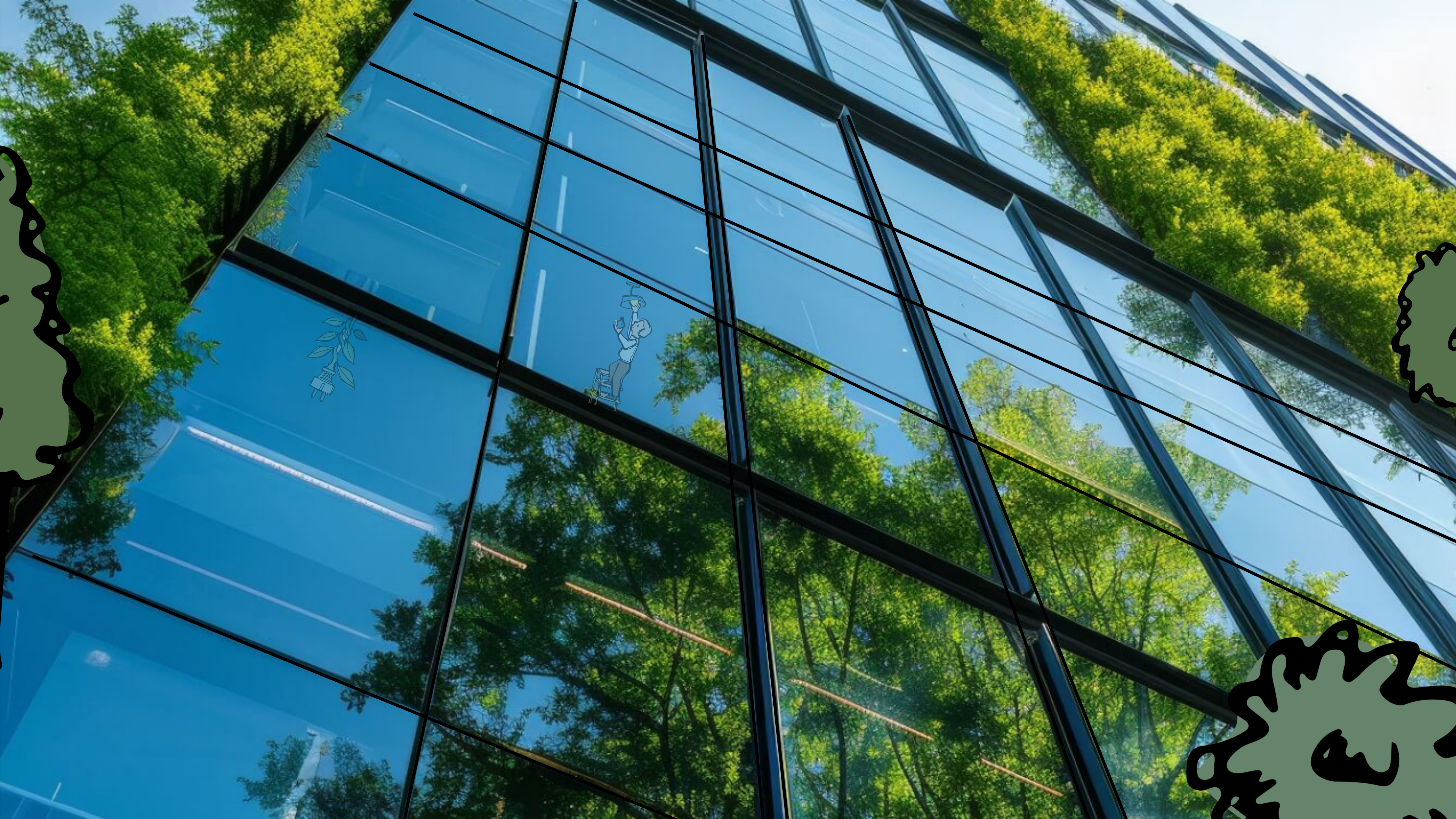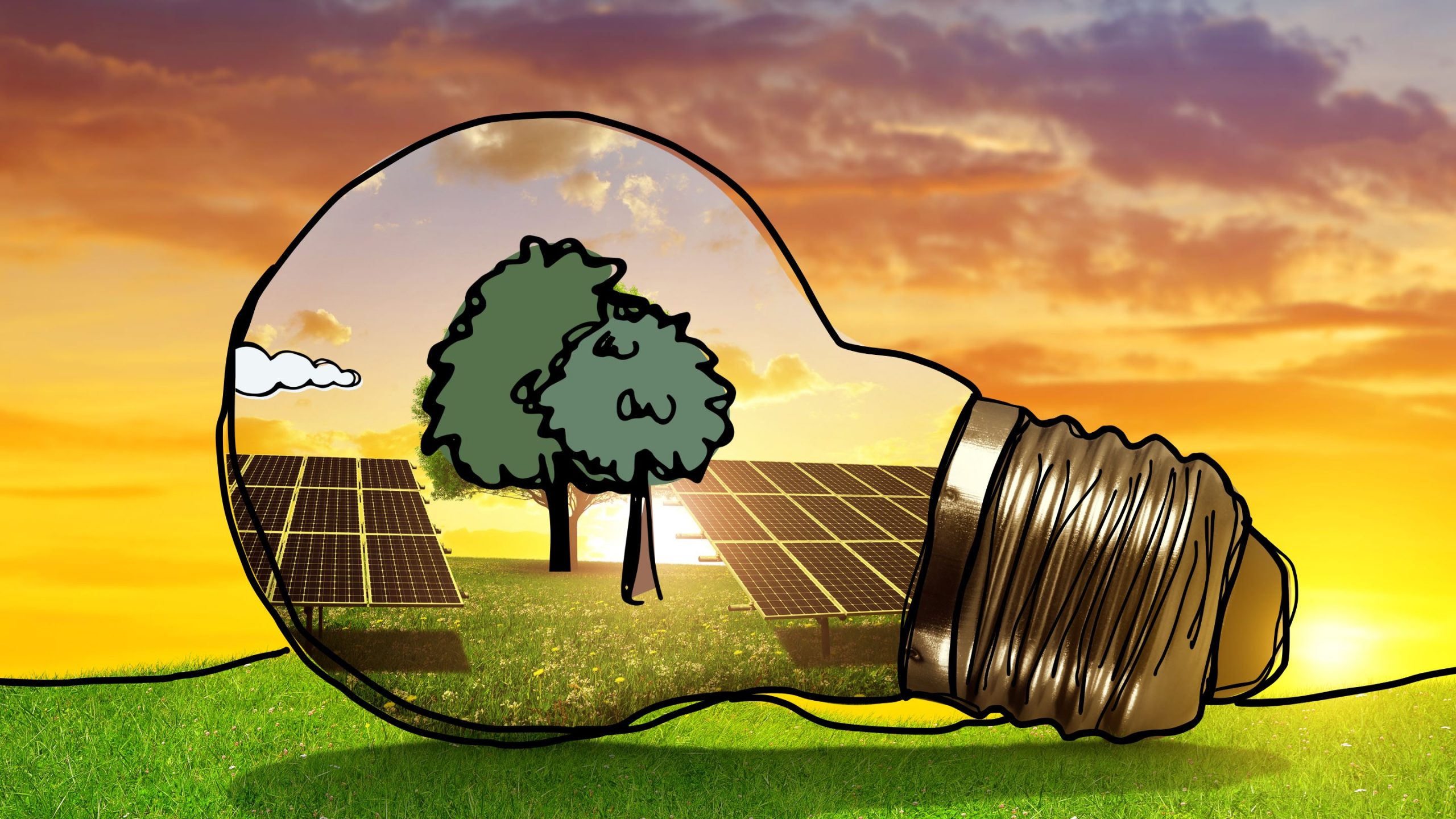A recent Masterclass with OPNBuildings, HaysMac and Crystal Associates explored why many sustainability strategies fall short. The discussion highlighted a consistent pattern: leaders focus on carbon targets without understanding the energy systems that need to support them. Because when energy is ignored, every decarbonisation plan stands on weak foundations.
Why decarbonisation efforts fail
Many organisations treat carbon as the outcome. This creates the false impression that carbon reduction is the primary goal. Carbon is only a measure: sustainability depends on understanding how energy is used and where it is lost. Companies often assume unlimited capacity or rely on offsets rather than improving performance. This widens the credibility gap around net-zero commitments.
Decarbonisation fails when energy is not measured, tracked, or managed accurately. Leaders struggle to predict future demand. And this only makes sense: working with spreadsheets and fragmented information, it’s easy to overlook inefficiencies. Without the right insights, it’s easy to miss early signs that systems are not performing as expected. This leads to ambitious plans built on uncertain ground. Money is wasted. Capacity is strained. Strategy becomes noise rather than impact.
Treat energy as a necessary input
A stronger approach begins with treating energy as a critical input. Organisations need clear scenario planning: the ability to map goals, constraints, and baselines in one place. A structured way to review progress and adapt.
The message is clear. Stop wasting energy. Build sustainability on real insight and real performance. Understand demand, capacity, and efficiency. Only then can sustainability plans become credible, deliverable, and financially sound.






